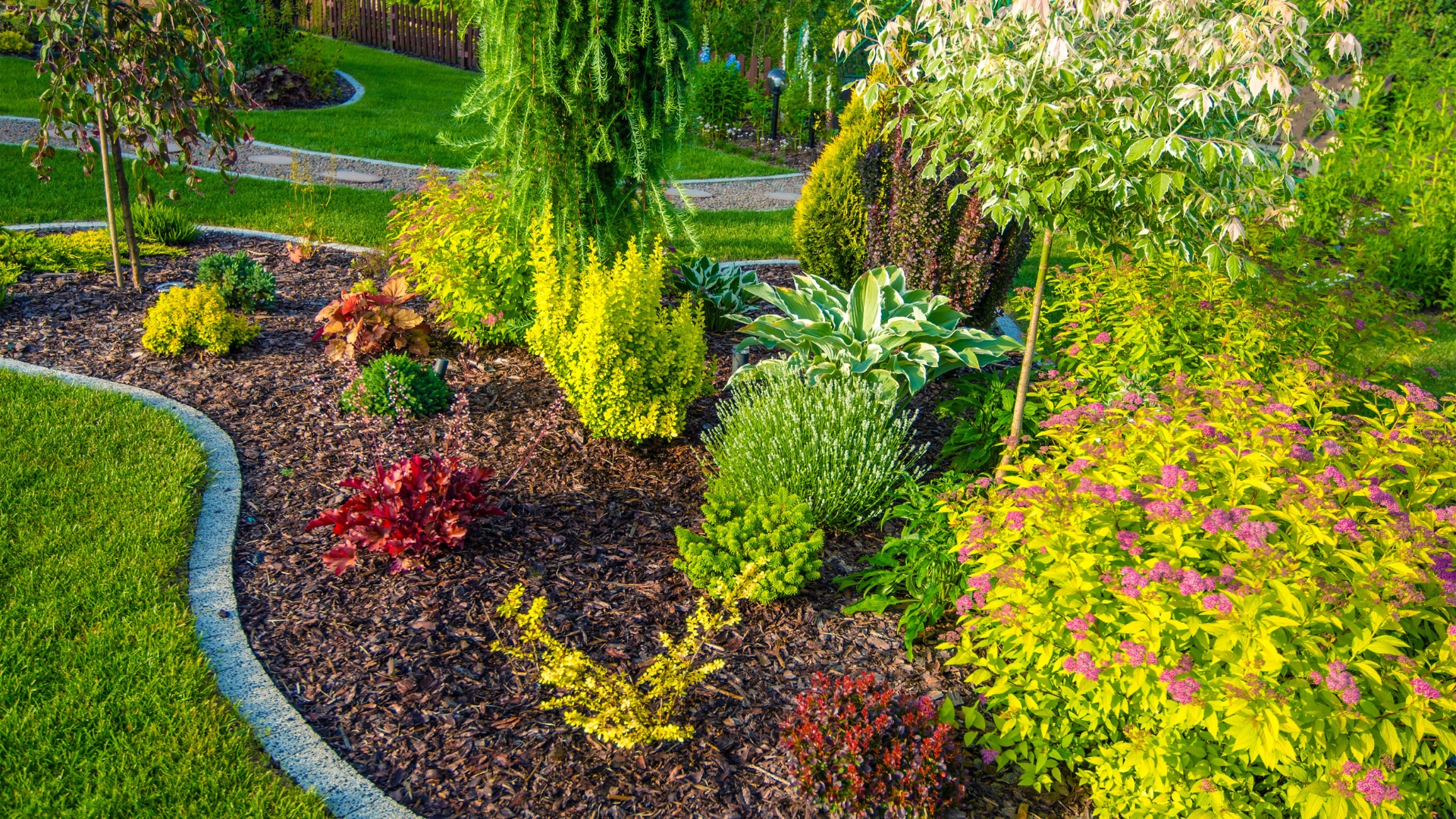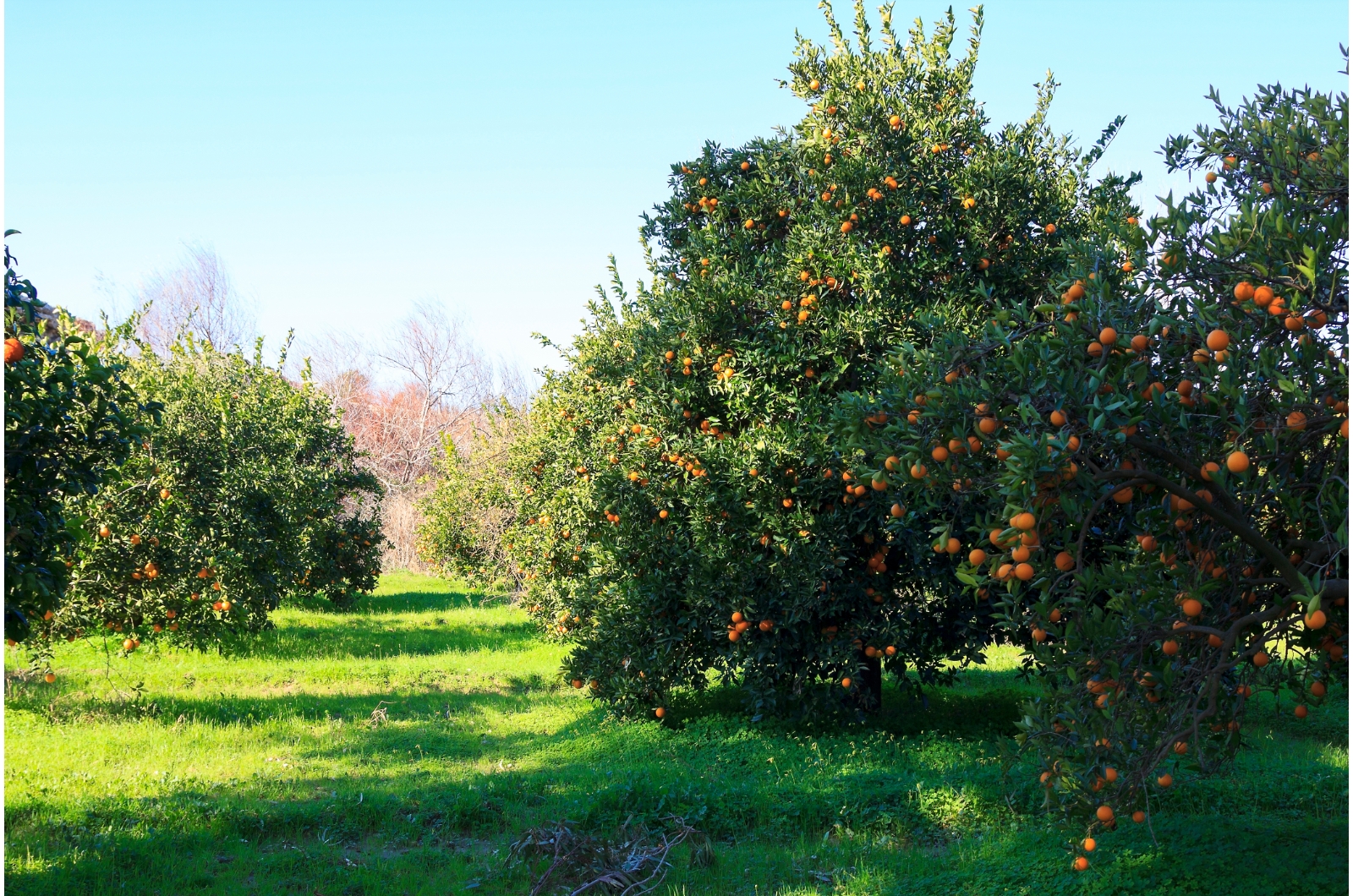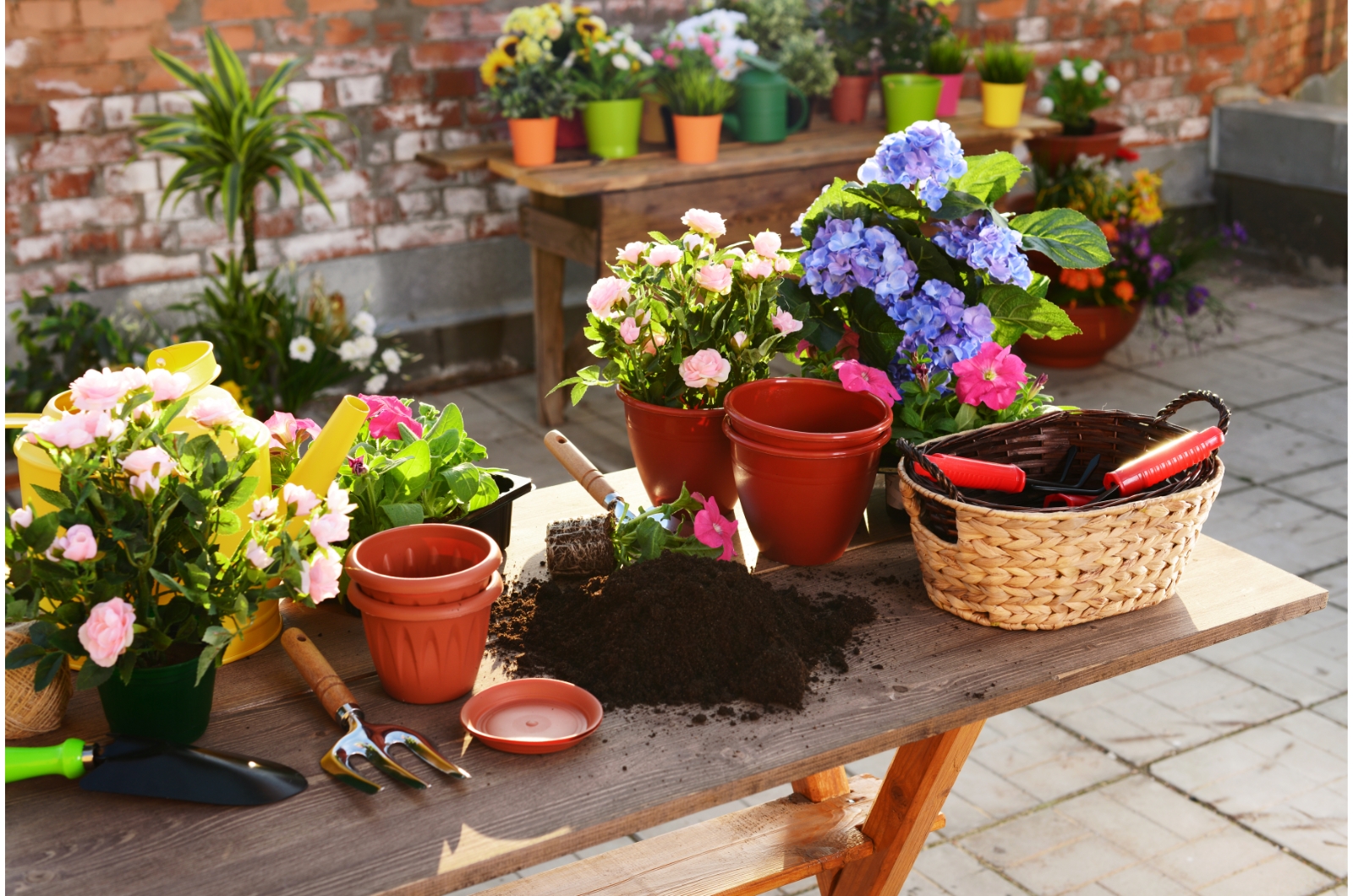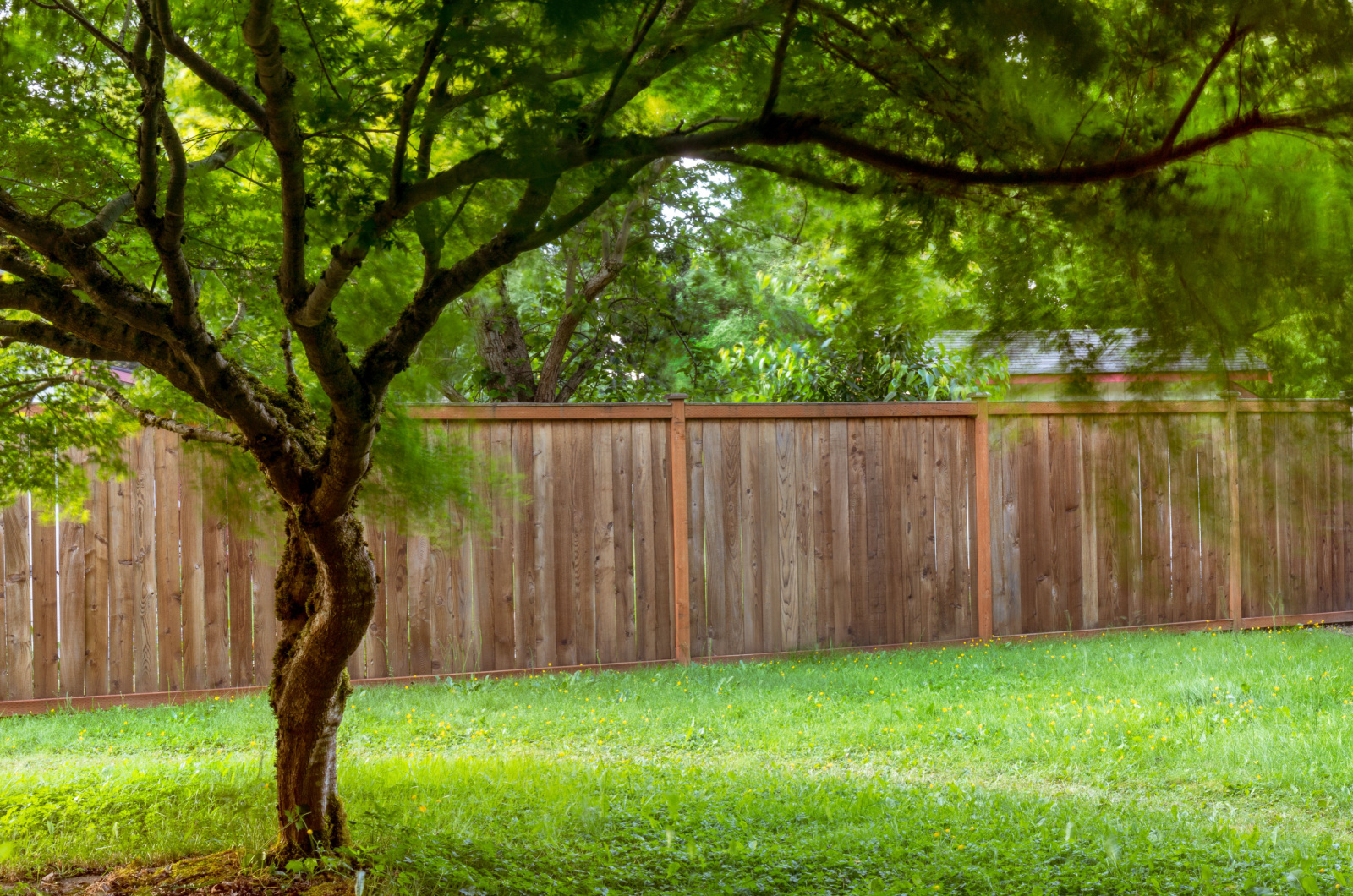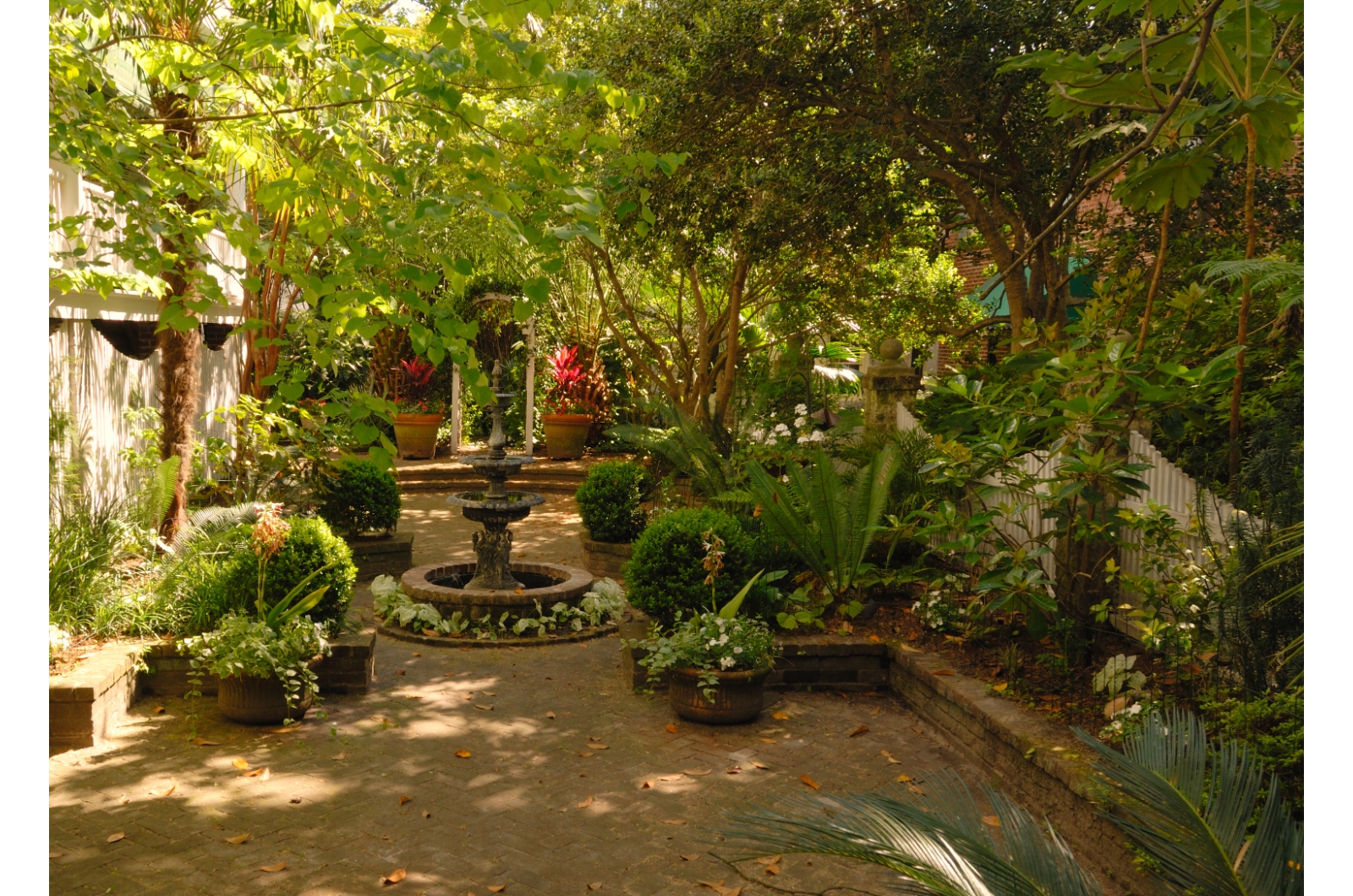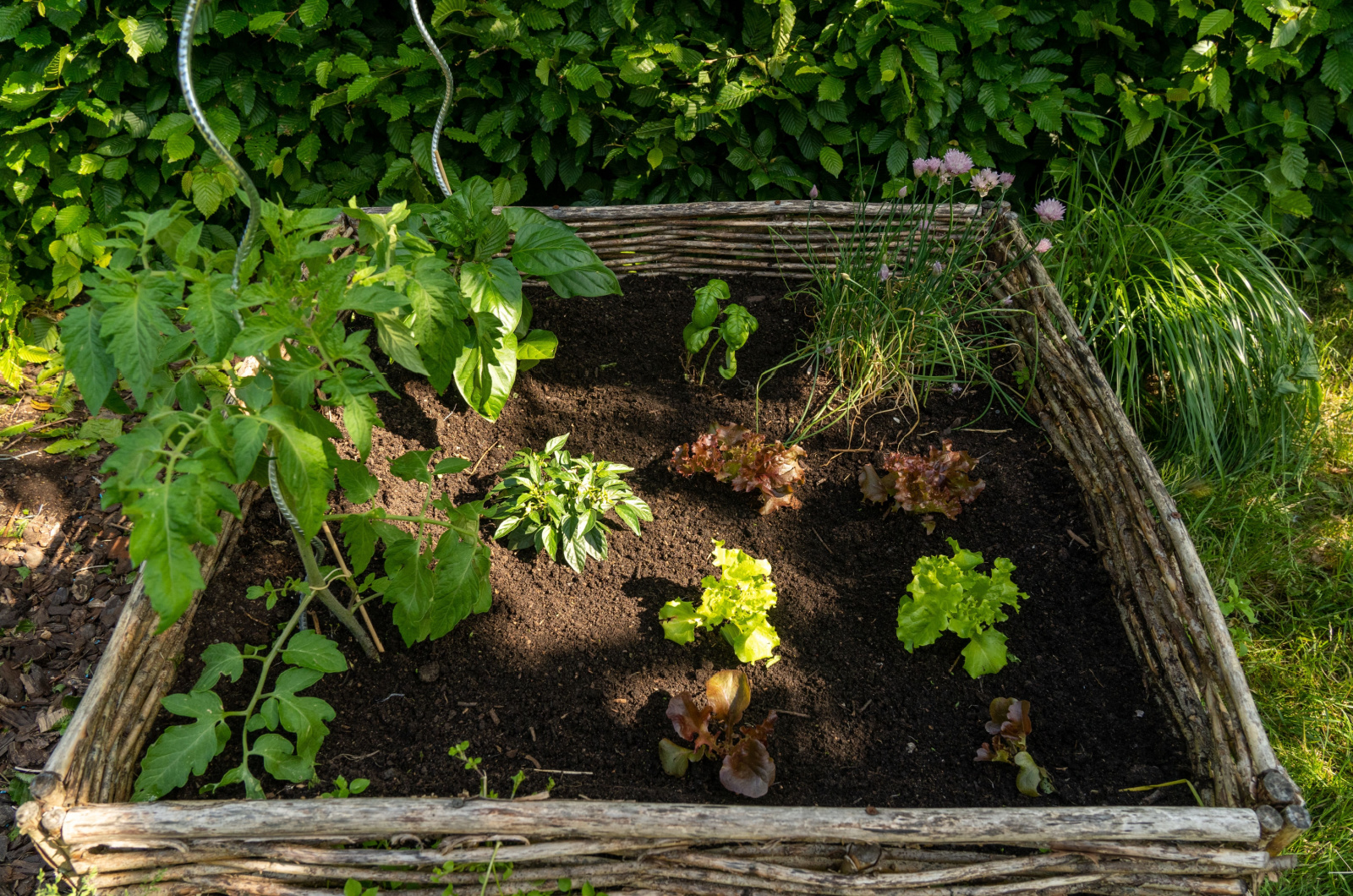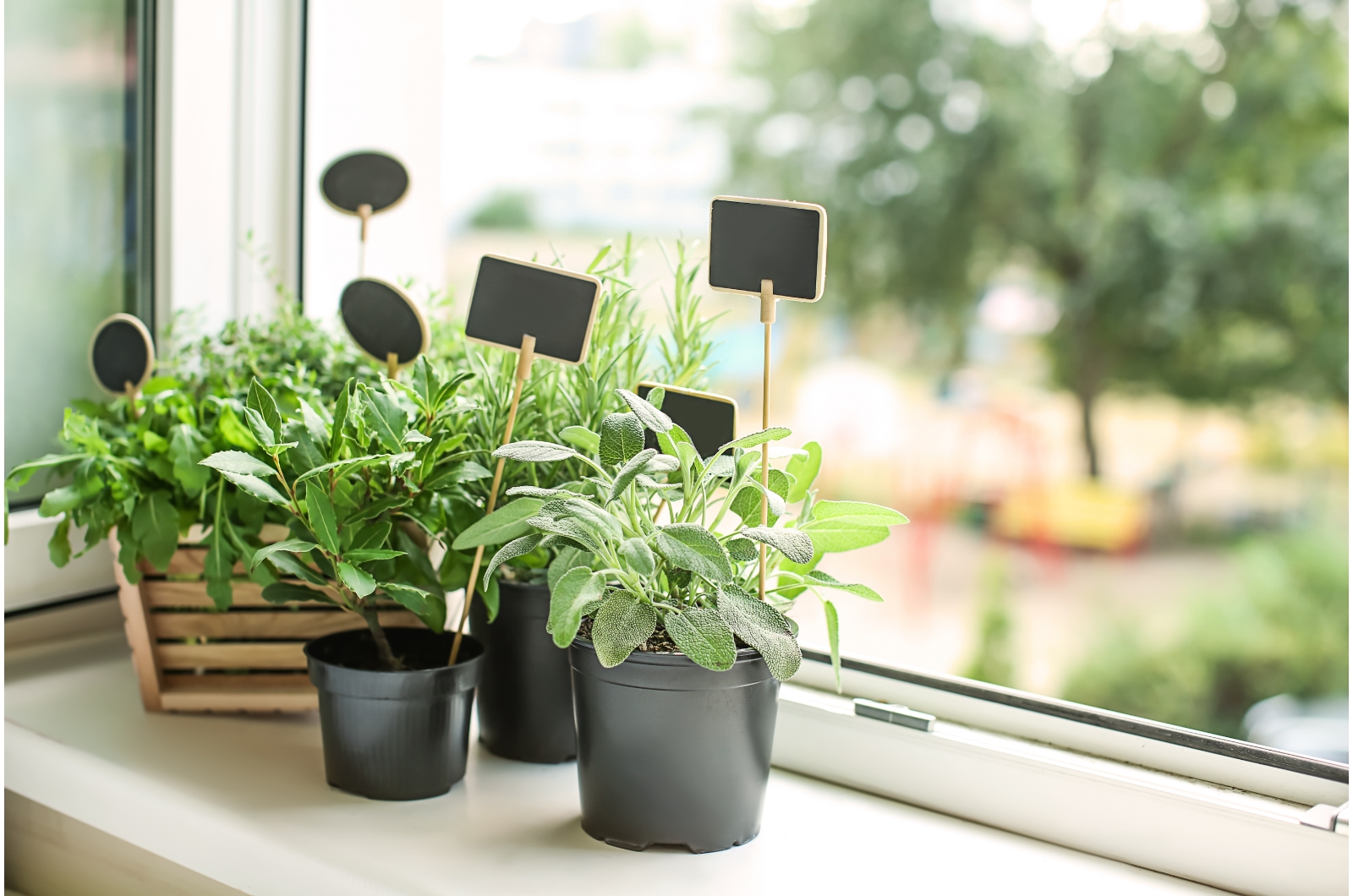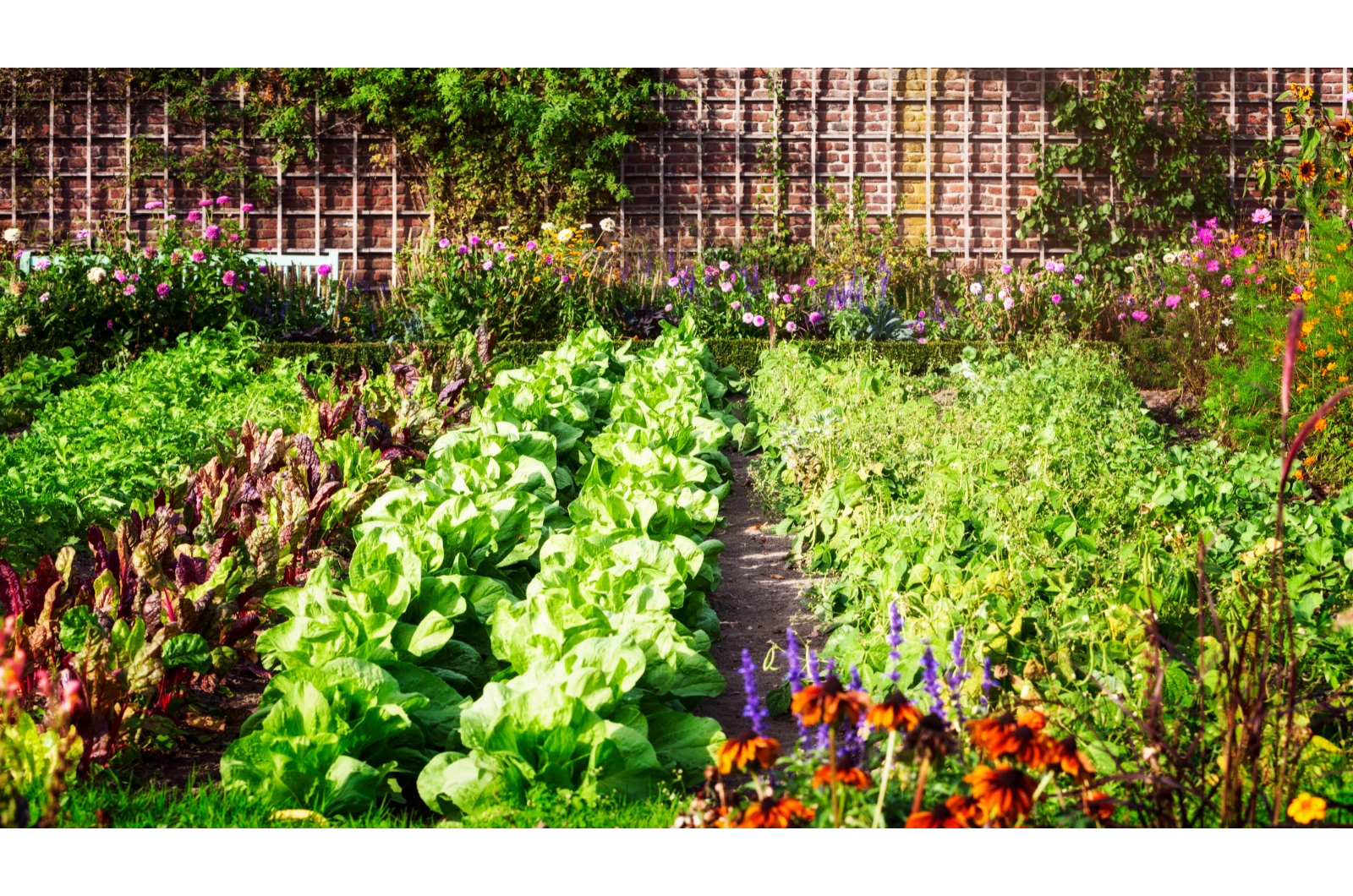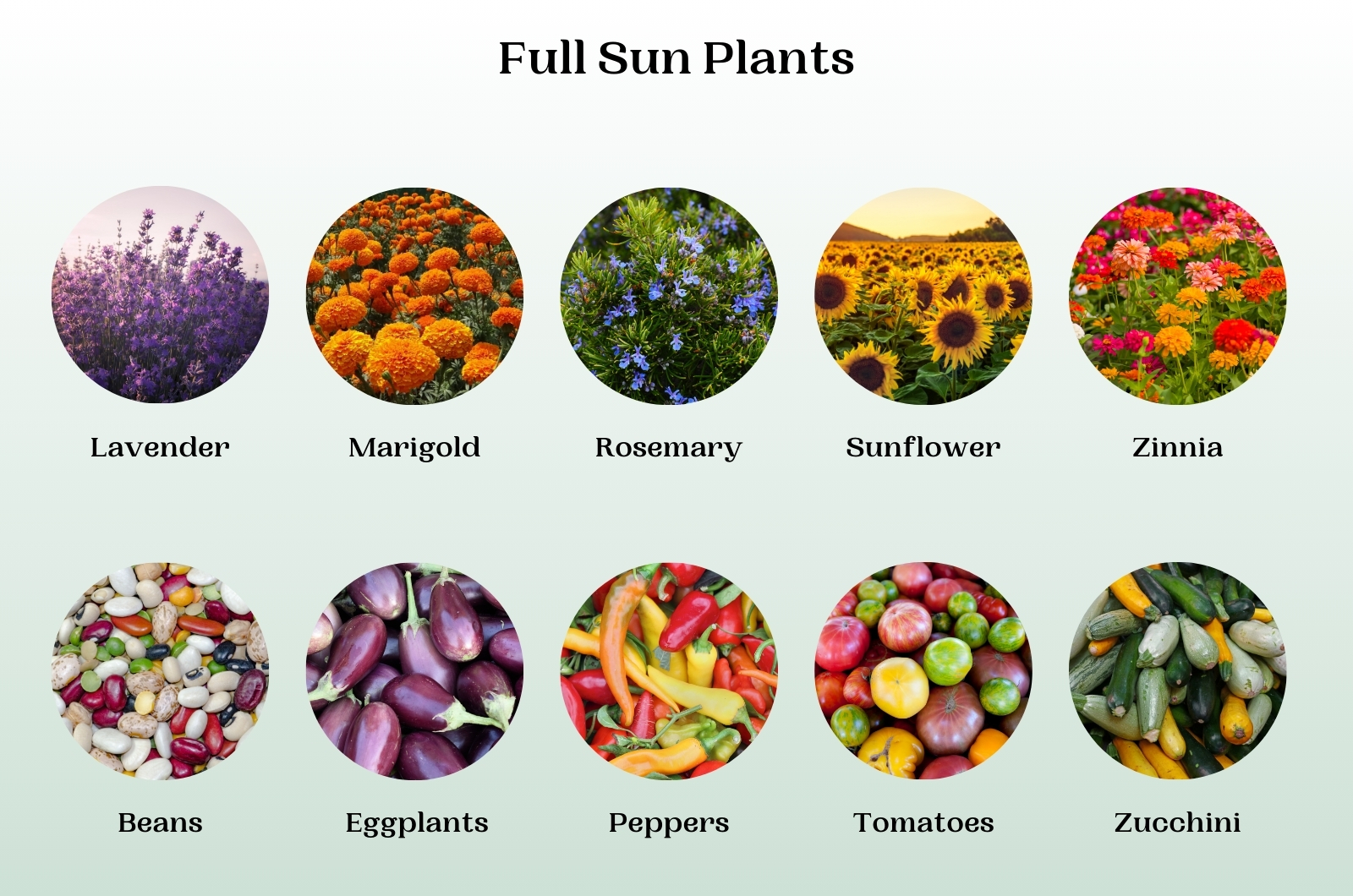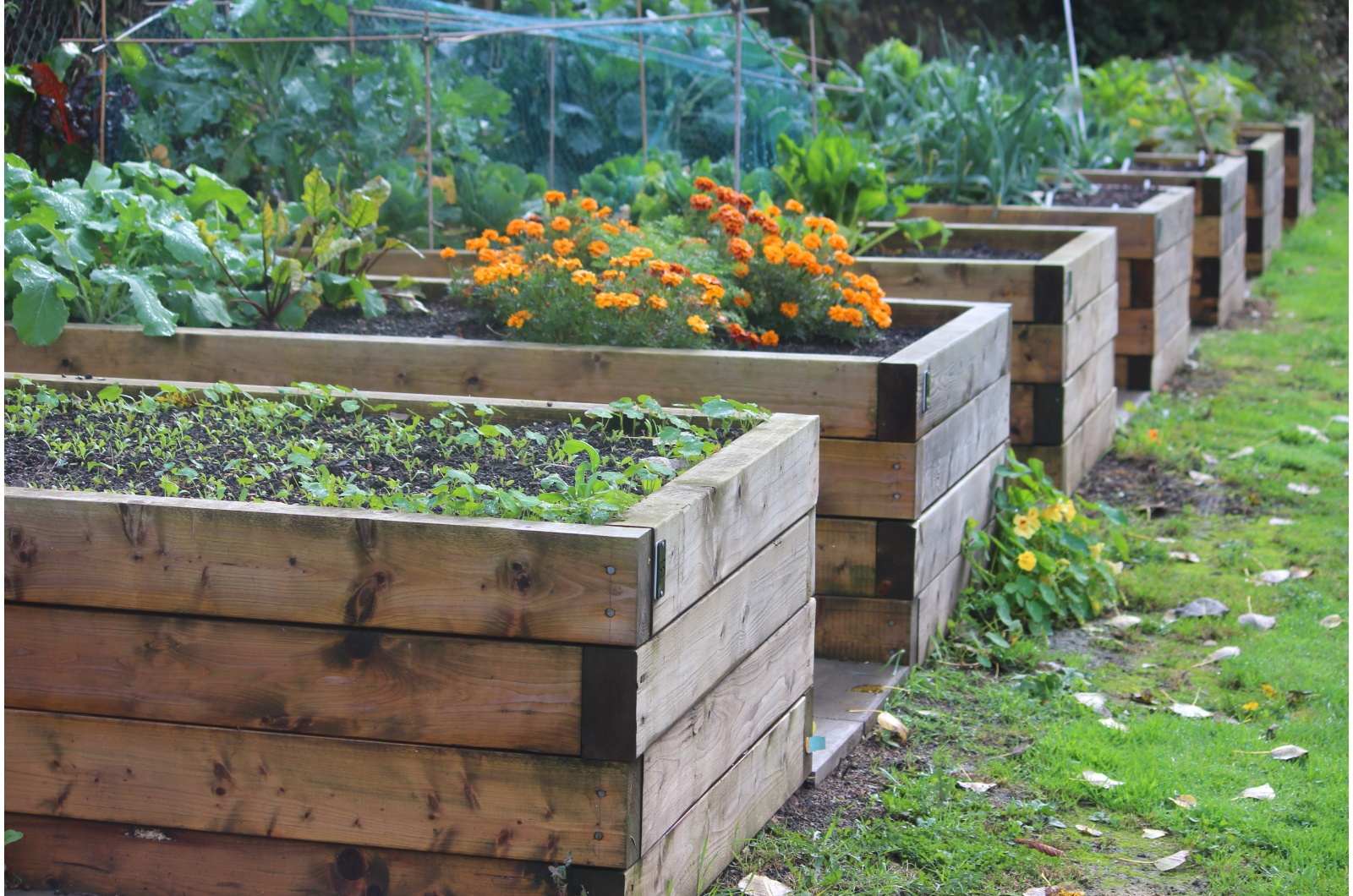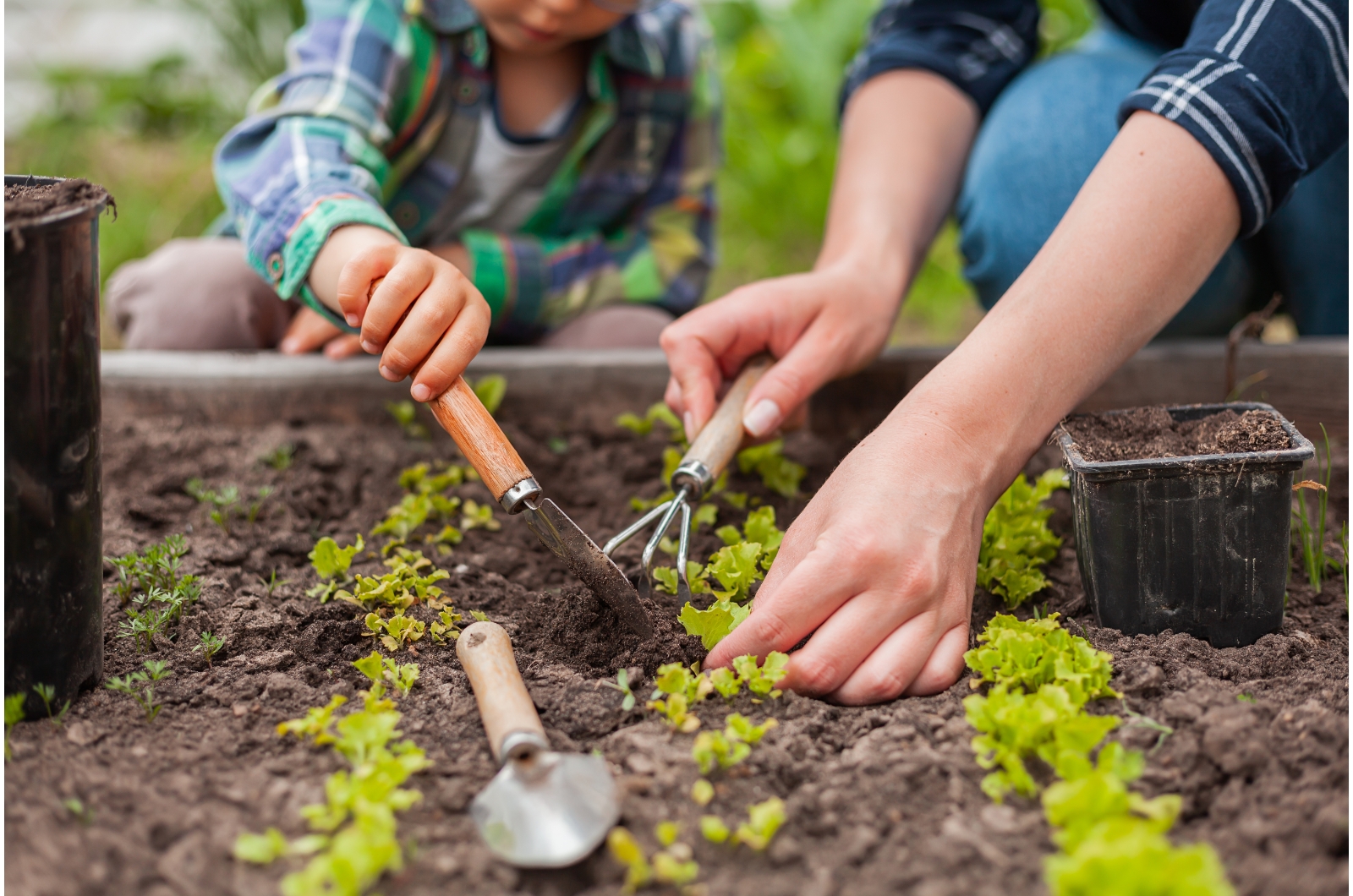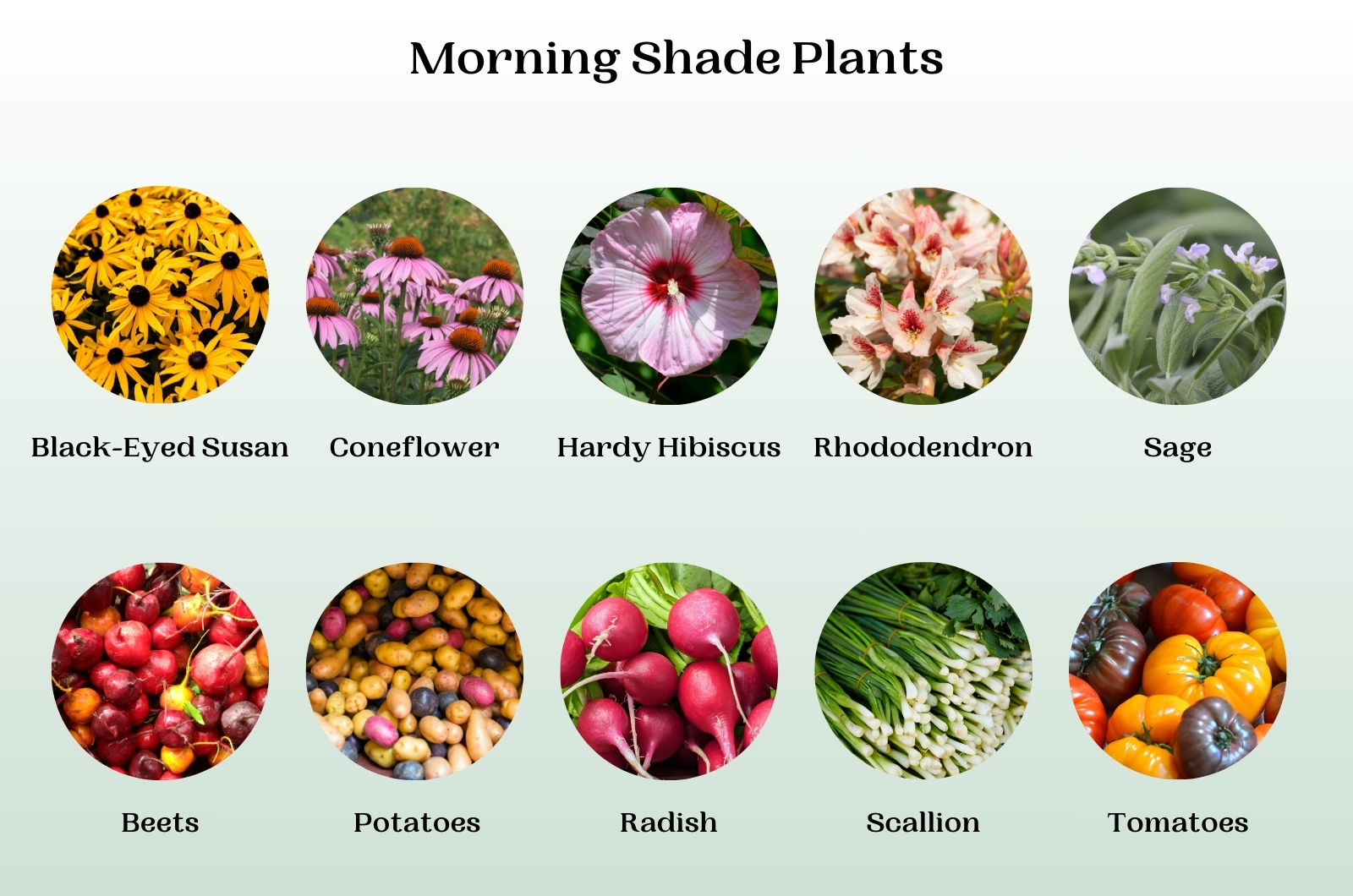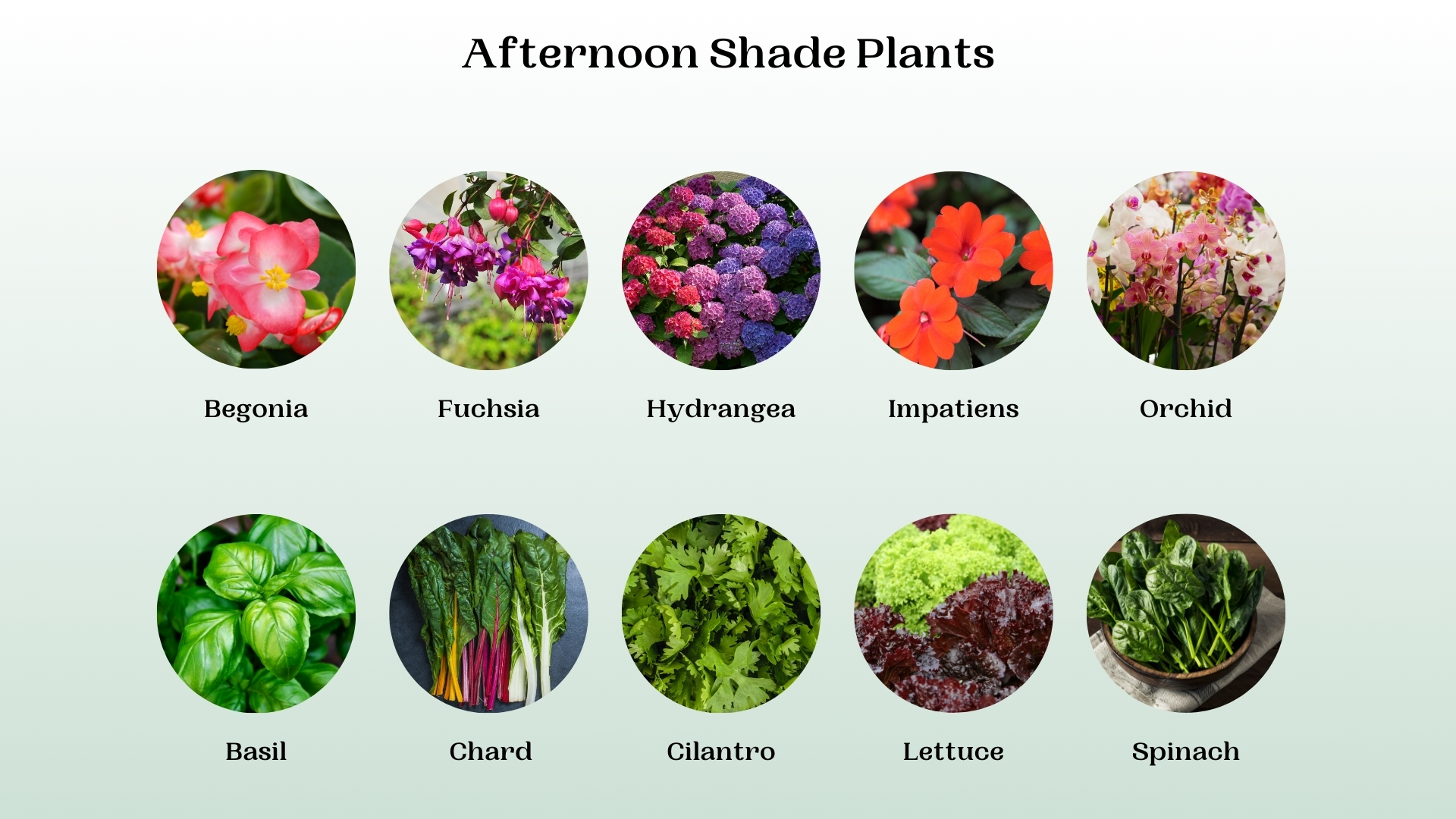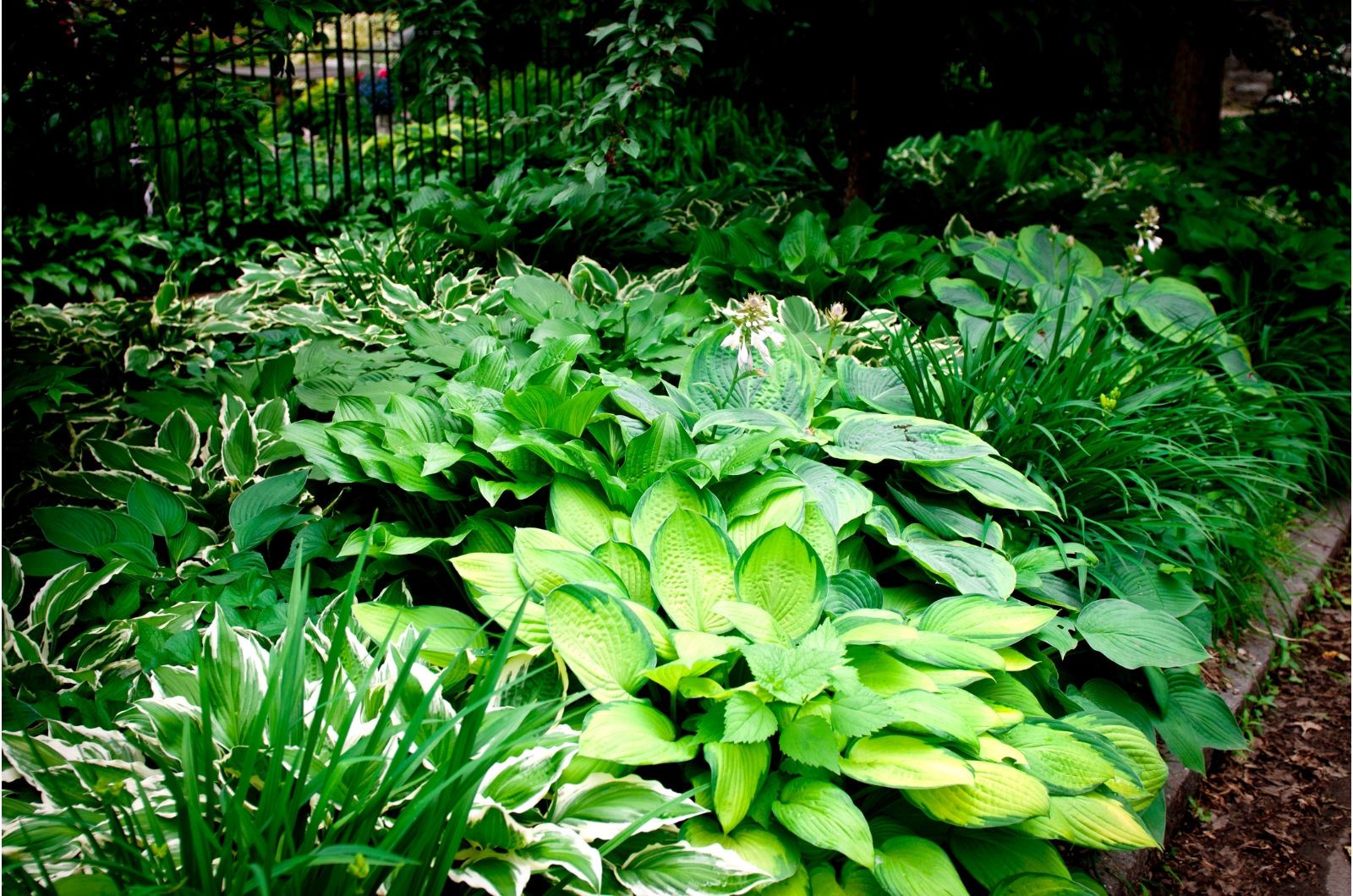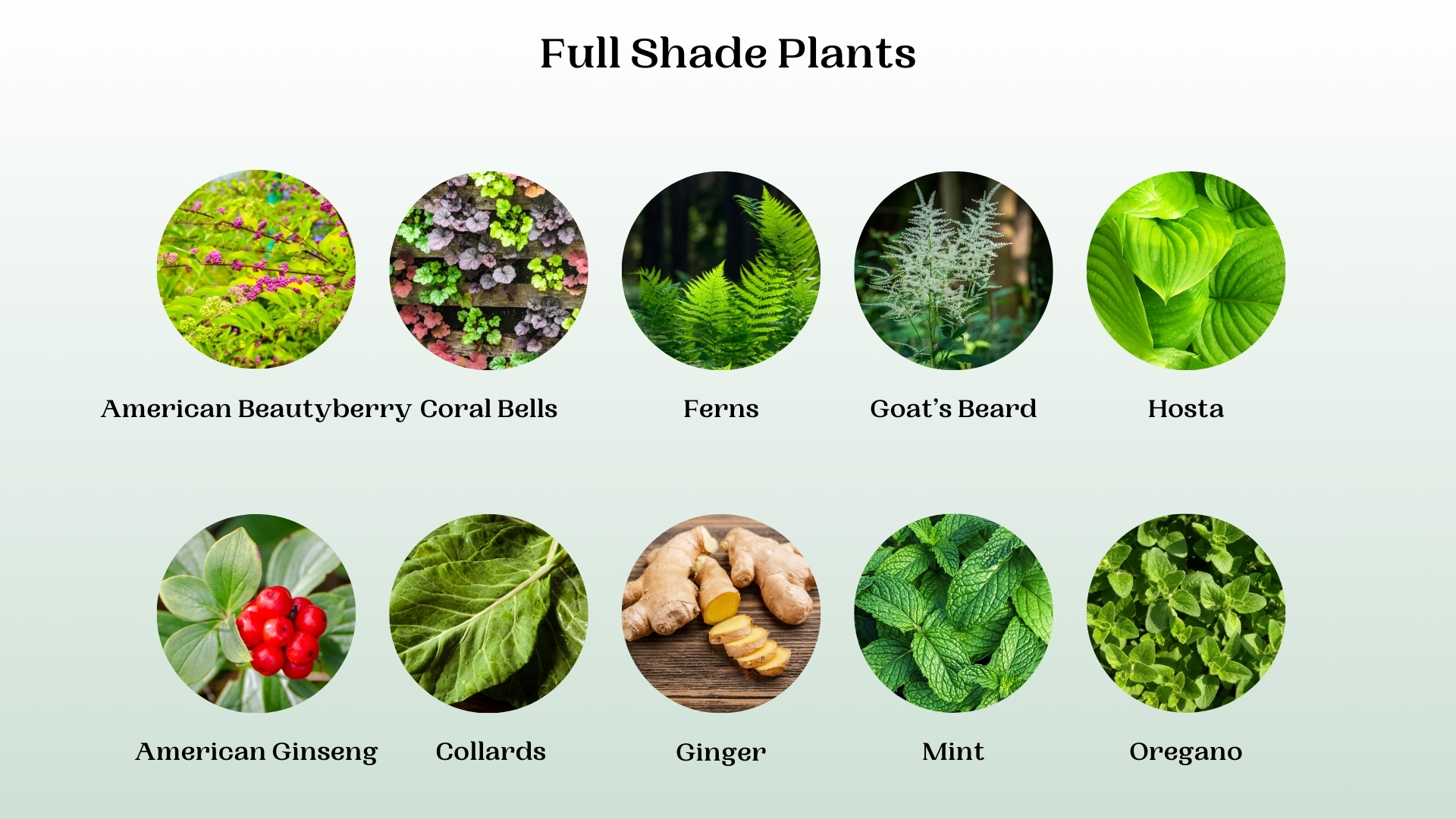Almost every seed packet, nursery label, and growth guide include terms such as “full or part sun” and “shade”.
But what do these words mean? How can they affect what you grow?
In reality, sunlight varies based on the time of the day and year, your location, and shadows and shade.
Here’s everything you need to know about sun exposure to grow the best plants you’ve ever seen!
Let’s get started!
Short Answer
In short, light exposure depends on the lowest amount of direct light your plants can receive. We have:
• Full sun: 6-8 hours of light
• Partial sun: 4-5 hours of light
• Partial shade: 3-4 hours of light
• Full shade: less than 3 hours of light
Understanding these terms allows you to provide the best care for your plants. There are many plants with flexible light requirements, such as ferns, wildflowers, and herbs.
Others, like succulents, tomatoes, potatoes, fruits, etc. need as much sunlight as possible for proper growth and delicious crops.
The Best Sun Exposure For A Garden
The best sun exposure you can wish for is south-oriented. The buildings and large trees are on the northern side and you get a full day of sunlight everywhere.
This is perfect for orchards, many vegetables, herbs, and perennials.
Of course, there are plants that will flourish in the shade. The key is to match the plants you want to grow with the sun exposure your garden gets.
For instance, lavender and rosemary may start to fade away and look pale when grown in partial shade. But if you live in a hot climate, some dappled shade in the afternoon is more than welcome.
Tomatoes and peppers are the same. More than 8 hours of direct sunlight in a southern garden may scorch their leaves, but the exact same amount is perfect for northern regions.
Understanding Solar Aspects
To avoid dealing with leggy, pale, or scorched fruits, flowers, herbs, and vegetables, you need to understand the solar aspects and what they bring to the table.
They describe the sun’s movement in the sky, affecting the amount of sunlight we get here on Earth.
The easiest way to understand them is by observing throughout the day and year. We also have to take our hemispheres into consideration because the situation isn’t the same in the Northern and Southern hemispheres.
Time Of Day
The fact that we know where the sun rises and sets allows us to calculate how much light certain gardens get.
The center of a south-facing yard or plot will get all-day light because the sun travels in an arc.
East-oriented gardens, on the other hand, will get direct sunlight in the morning and partial-to-full shade in the afternoon. West-facing gardens are the complete opposite. They get part-to-full shade in the morning and direct light in the afternoon.
Luckily, there are many great apps you can use to help you calculate how much sunlight your garden gets at different times of the day.
SunCalc allows you to type in your exact location and see the sun’s movement throughout the day.
Seasonal Change
Winter and summer sun hit differently. That’s because the Earth’s rotation affects how high or low in the sky the sun appears.
Summer sun is higher and more intense than the winter one – we all understand that. But do we realize how this difference impacts our gardening?
A tall tree in the southeast part of your garden doesn’t mean much during summer. But come winter, it will cast too many shadows and you won’t be able to grow anything in your cold frame or on your window sills.
If you’ve lived in the same garden for years now, this isn’t an issue. You know it, and its sun exposure, like the back of your hand.
But if you’re new to gardening (or just your garden), it may take years until you understand how sun and shadow work. Luckily, you can use SunEarthTools to locate the sun’s position at any given time.
Shade
I know, I know! Things are difficult enough with a level garden. Why do we have to complicate it with shades and shadows?
Well, the reality is that many landscapes contain trees, houses, walls, sheds, and other surrounding structures and environments that create shadows.
If we don’t consider these, we may make the terrible mistake of growing full-sun plants in a predominantly shaded area.
Yet, shade is more than welcome in southern gardens, especially during hot afternoons. If you know there’s a wall or a tree that casts an afternoon shadow over a certain part of your garden, this could be a great spot for heat-sensitive plants, such as lettuce and broccoli.
On the other hand, if the trees and shrubs cast many shadows in your garden, you may need to prune certain branches or even remove them entirely. Otherwise, you’ll restrict yourself to growing only partial and full shade plants!
The same goes for indoor gardening. There are plants perfect for south-facing windows. Yet, these spots are only helpful if no outdoor structures cast a shadow over them.
FindMyShadow is an excellent tool that can help you calculate shadows anywhere in the world. This app will come in handy if you’re building a new greenhouse, extending your garden, or buying a new property.
Hemisphere
The distance from the equator and your location in the Northern or Southern hemisphere play a great role when it comes to gardening.
Growers in the far Northwest, Northeast, Alaska, and Canada will have more difficulties growing winter crops from November through March, unlike gardeners in Australia and South America.
The farthest northern regions experience long periods of darkness. And while most of us don’t live in such environments, it can help us understand that the tilting of the Earth affects all gardens, not just far north or south ones.
Even if you have a heated greenhouse or a warm space to grow your vegetables, the lack of sunshine will result in slow growth. We know this phenomenon as dormancy.
3 Types Of Sun Exposure
Most growing guides include some kind of sun exposure your plants need. We mark them as full or partial sun, and full or partial shade.
But what do these terms mean?
#1 Full Sun
Full sun plants need at least 6-8 hours of direct light to grow and develop. That means that the rays should directly hit the leaves for six hours straight. The UV rays will still reach your plants even on cloudier days if you’ve chosen a bright location.
Of course, your full sun plants will still grow in less sunny areas, but their flower and fruit production will be lower.
Lack of sunlight can also make your plants pale, yellow, weak, and leggy. Your flowers and vegetables will extend their shoots and stems towards the nearest light source. It becomes weak as a result because there isn’t enough sunlight to fuel photosynthesis.
Checking the plant’s native habitat is the easiest way to tell whether it prefers full sun or not.
Understory forest plants such as different heuchera varieties cannot handle hot sun rays. Desert plants like succulents and cactuses, on the other hand, thrive in these conditions. Prairie wildflowers also flourish in full sun, while woodland species prefer shade.
The best thing you can do is check the label on each seed packet or plant you get to better understand what kind of light exposure it needs.
#2 Partial Sun/Shade
Partial sun and shade are similar terms, but there are still differences between them. Plants that prefer part sun flourish when exposed to 4-5 hours of sunlight (sometimes even 6).
Part shade species prefer more shade and are more than happy with 3-4 hours of direct light per day. (1)
The important thing to remember here is the time of day when shadows envelop your garden. Morning sun is milder than the afternoon sun.
Morning Shade
If the sun rays don’t reach your plants until noon, that means you have a west-facing garden with morning shade.
This means that you get direct sunlight in the afternoon. You have to make sure that you’re growing plants that can tolerate this type of light exposure.
Afternoon sunlight can be strong and harsh in the south, yet it’s perfect for northern gardens. Plants that need plenty of sunlight, but burn in full-day sun, especially enjoy it.
Afternoon Shade
There are many vegetables that enjoy afternoon shade. We know them as cool-weather crops. Exposing them to too much light (and, thus, heat) will lead to bolting (premature flowering) and turn them bitter.
In this case, afternoon shade is a savior that will prevent wilting and heat-induced stress.
This type of shade is crucial in southern gardens. All those species that thrive in full sun in northern states need afternoon shade in Florida and other southern regions.
Bear in mind that the season in which you plant your vegetables depends on the amount of sunlight your garden receives. You’ll have to experiment to see which plants flourish in what season.
For instance, bolt-resistant broccoli may thrive at the beginning of summer, while regular varieties do better in spring or summer.
#3 Full Shade
Full shade doesn’t mean that you need to keep the plants in complete darkness. In fact, most full shade plants need 3-4 hours of light per day (or less) for proper development.
These plants prefer dappled and indirect light for most of the day. If we look at their natural habitats, we’ll see that most of them flourish underneath the trees in woodland regions.
Understory forest plants, many ground covers, mosses, and ferns are full-shade plants. They got used to the dappled sun. They have more chloroplast and can photosynthesize even in low-light conditions (although, NOT complete darkness).
These adaptations result in greener foliage with a large photosynthetic area.
If you have a full shade garden, prioritize growing understory plants and woodland natives. They’ve evolved and adapted to such conditions and will need less care in order to thrive.
Many vegetables and herbs struggle in low-light conditions and will give you a mediocre yield at best. Their foliage and stems will become pale, yellow, and leggy over time.
Final Thoughts
Sun exposure is a key part of plant care. Get it wrong, and you risk losing your green buddy and reducing your harvest.
There are plants that can thrive with more or less sunshine than others. You only have to understand what the terms “full sun to full shade” mean and what type of exposure your garden gets.
References:
1. What is the real difference between partial shade and partial sun? (2017). UF IFAS Extension Nassau County.

